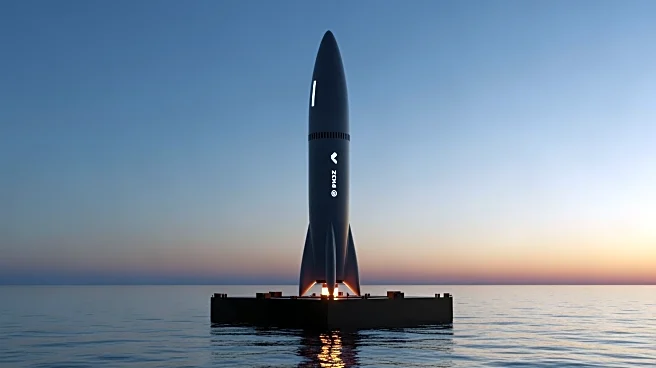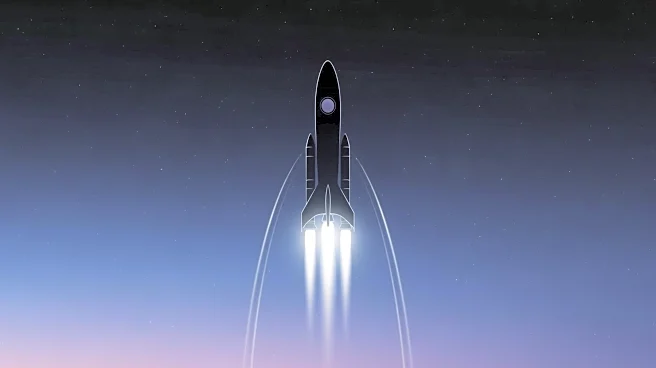What's Happening?
On November 15, 1988, the Soviet Union launched the Buran orbiter from the Baikonur Cosmodrome in Kazakhstan. The orbiter completed a 206-minute flight, performing two orbits entirely under remote control without a crew. Despite its operational success,
the Buran program was discontinued due to its high costs and the dissolution of the Soviet Union in 1991. The orbiter and its rocket were later destroyed in a hangar collapse in 2002.
Why It's Important?
The Buran program marked significant technological achievements, including the development of 230 new technologies and a fully recoverable rocket capable of lifting 100,000 kilograms to orbit. The program's discontinuation highlights the challenges of sustaining large-scale space projects amid political and economic changes. The Buran's legacy continues to influence modern space exploration, as it demonstrated the feasibility of unmanned, fully automated flights.
Beyond the Headlines
The Buran orbiter's design similarities with the American space shuttle reflect the competitive nature of Cold War-era space exploration. The program's focus on both military and civilian objectives underscores the strategic importance of space technology in national defense and international relations. The collapse of the Soviet Union and the subsequent end of the Buran program illustrate the impact of geopolitical shifts on scientific endeavors.













